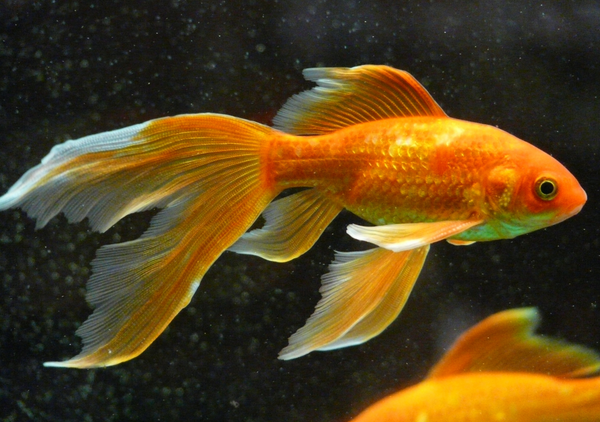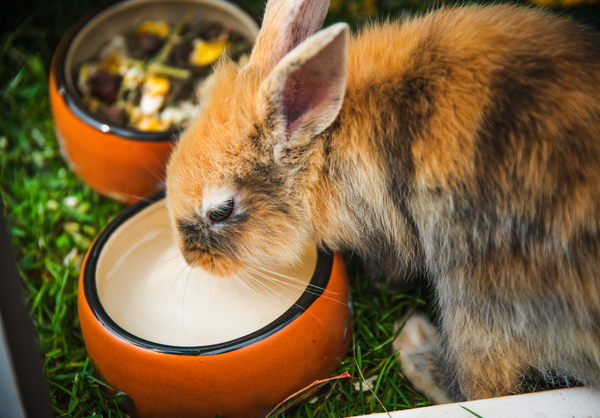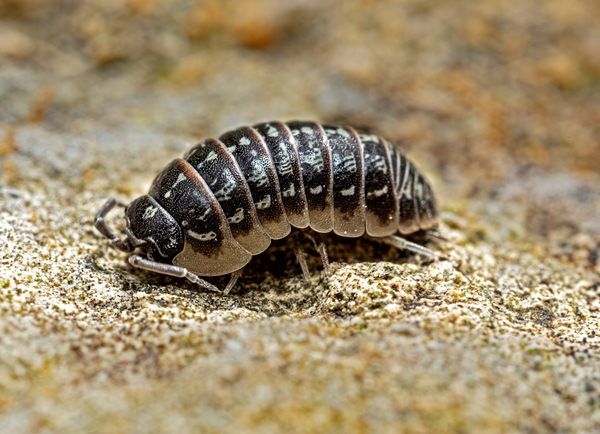So you’ve decided to start a new hobby and have bought your first saltwater aquarium, congratulations! You get to enjoy something that can be both exhilarating and relaxing. But now the most important part: which fish should you get to populate your new marine habitat? That is a question we get asked regularly, so we will share with you all what our experts tell everyone. Considering both ease of care and popularity, here are the top 5 fish for your saltwater aquarium.

Damselfish
- Can range from 2.5 to 15 inches
- Minimum Tank Size: 20 gallons
There are more than ten types of damselfish and these hardy, brightly coloured fish are easy on the wallet and the nerves. The smaller versions are mild mannered and therefore perfect for the first time buyer. A note of caution: larger types such as the Three Stripes and Domino damselfish, can be very aggressive towards other fish.

Clownfish
- Can range from 2 to 7 inches long
- Minimum Tank Size: 30 gallons
You will recognize Clownfish as some of the most popular fish in the hobby! There are dozens of types of Clownfish with hundreds of different colour morphs, so there will always be some colour diversity in your aquarium if you choose Clownfish! The good news is that most types are known as easy to care for, generally peaceful and not picky eaters, making them wonderful for the beginner hobbyist.

Blennies
- 2-5 inches long
- Minimum Tank Size: 30 gallons
Blennies are captivating and sought after within the hobby, as they have a ‘bubbly’ personality, which is rare among fish. They are known as calm, friendly and a community fish, however it should be noted they do not generally do well with other blennies unless in a large environment with swimming space and hiding places. They enjoy a varied diet, with a few small meals per day.

Firefish
- About 3 inches long
- Minimum Tank Size: 20 gallons
Firefish have a distinctive colour showing off a gentle transition from fire red to cream on their bodies. Add to that bold, blue eyes and both beginner and veteran hobbyists are thrilled with their fish that shines within their aquarium. They are generally active, peaceful and easy to keep, only being intolerant of other Firefish, yet peaceful towards their tankmates, even to the point of being considered shy. An interesting feature for owners to watch for: their top dorsal fin will stand erect when it is happy and content, and lay flat when conditions are causing it stress. The only set back is that they are prone to jumping, so having a lid is highly recommended.

Cardinalfish
- Less than 4 inches long
- Minimum Tank Size: 30 gallons
Brightly coloured Cardinalfish are known as easy to care for, hardy, peaceful and fun to watch. Two distinctive characteristics they are known for are their large mouths and dorsal fins which separate into two fins.
With all the choices available for fish for both the beginning and veteran hobbyist, your aquarium will quickly become the centrepiece of your home. Be careful not to overcrowd your tank, as the general rule of thumb is 1 inch of fish for every 5 gallons of water. Keeping to this rule will allow the fish you do have the room to swim and enjoy their surroundings, while also indulging their natural territorial instincts. The more stable the fish to water ratio is, the easier it is to maintain optimal water quality in your tank, keeping your fish happy. As we like to say, “a small amount of happy, healthy fish is better than a large amount of unhealthy, stressed fish!” Enjoy your new hobby and our experts will be happy to help you along the way with any questions you may have.




